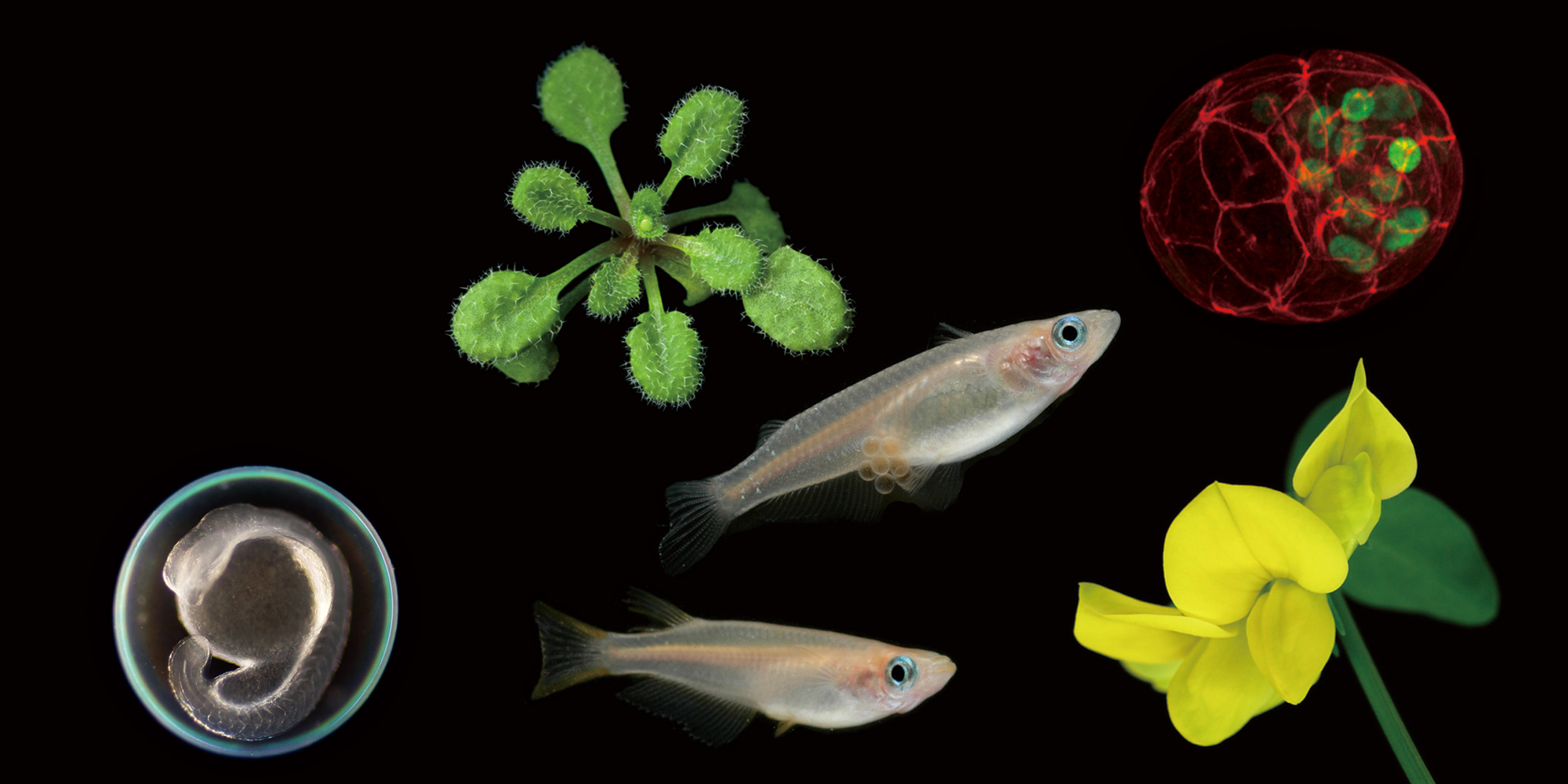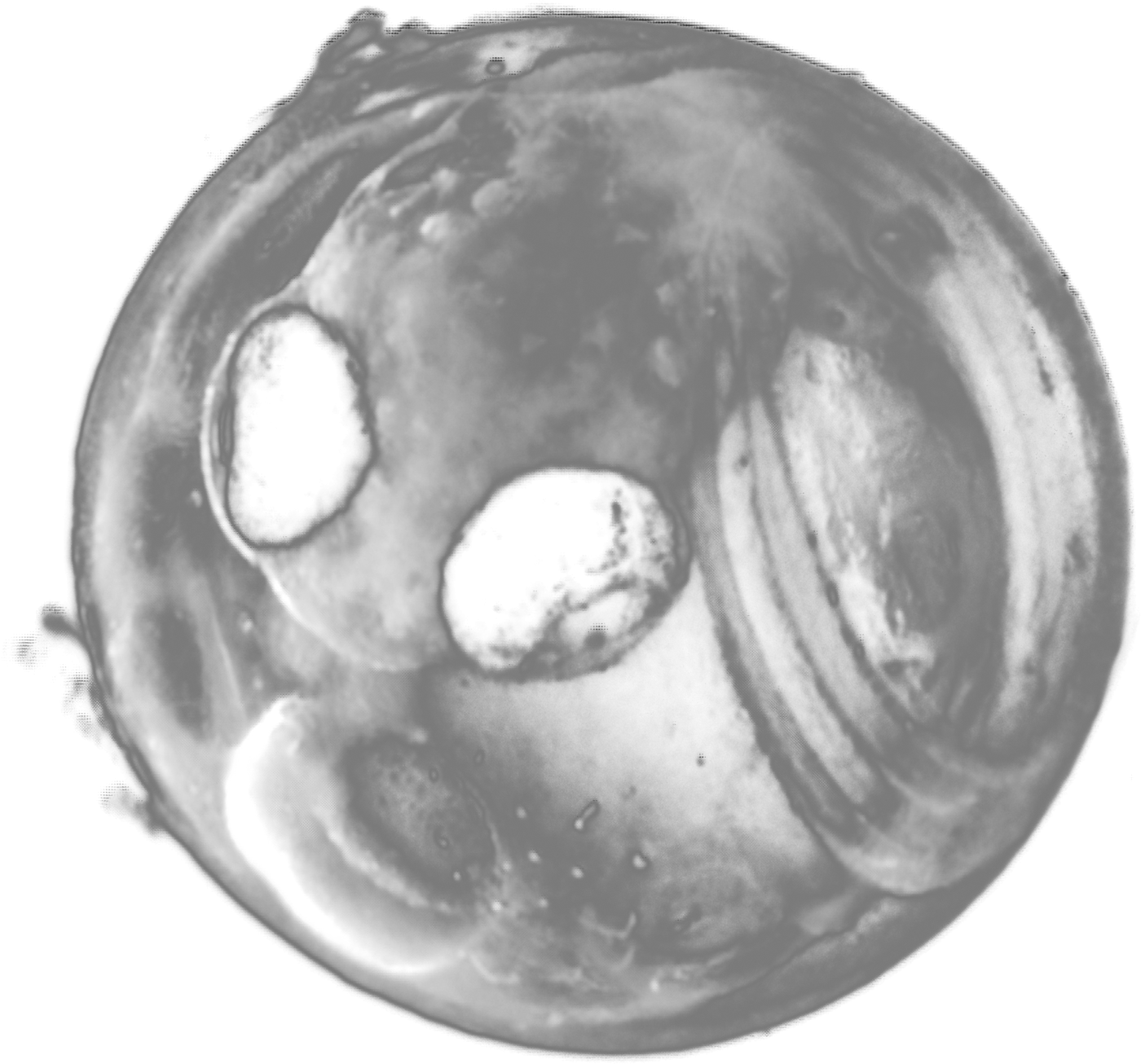2007.03.16 部門公開セミナー
Ecotoxicogenomics: opportunities for obtaining novel biomarkers and determining toxic responses in fish
Dr. James Kevin Chipman ("Professor of Cell Toxicology, The University of Birmingham")
2007年03月16日(金) 15:00 より 16:30 まで
明大寺地区1階会議室(111)
岡崎統合バイオ(分子環境生物学) 井口泰泉 内線5235
Traditionally a number of useful biomarkers of pollutant responses have centred on the induction of stress-responsive genes. Genomic technologies offer an opportunity to gain a more global assessment of the health status of an organism through an understanding of the functional pathways that are responding to pollutant exposure. Genomics may thus provide additional predictive biomarkers for environmental monitoring as well as identifying toxic mechanisms. Information is relatively forthcoming in model organisms for which adequate databases are available. However, toxicogenomics in organisms of environmental relevance is more difficult. We have developed a 13,000 cDNA microarray for the European flounder (EU-GENIPOL Project). Flounder taken from different sites in Northern Europe (and of different pollution status) can be distinguished according to their gene expression profile using bioinformatic approaches. To determine which gene expression differences may relate to pollutant impact, we have completed complementary laboratory exposures of flounder to selected toxicants and determined the associated gene expression profiles. This will be demonstrated in relation to response to cadmium and to estrogens. In addition to the detection of changes in known biomarkers, gene ontology analyses have indicated alteration of a range of pathways. In the case of cadmium, many of the changes seen can be associated with an oxidative stress. Importantly, interactive effects have been discovered e.g. between polycyclic aromatic hydrocarbons, estrogens and metals. Using a genetic algorithm approach, subsets of stress-responsive genes have been identified that have predictive value regarding the environmental site of collection of flounder with different pollution status. A major challenge is the integration of such studies into risk assessment for example in the derivation of novel batteries of biomarkers. However, to achieve this, it is necessary to distinguish between compensatory and toxic responses and these issues will be illustrated with reference to CYP and HSP induction. This work was funded by the NERC, CEFAS and EU and has involved GENIPOL collaborations.







